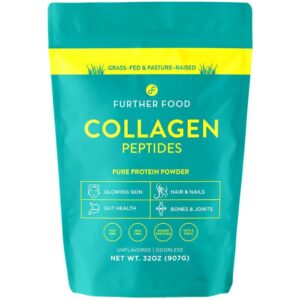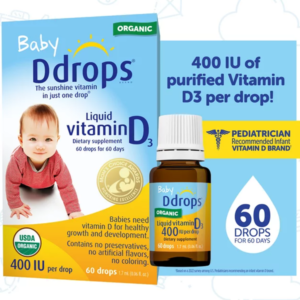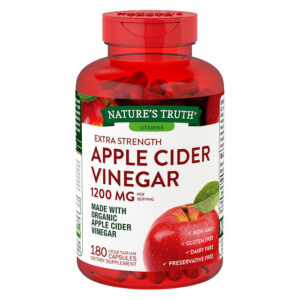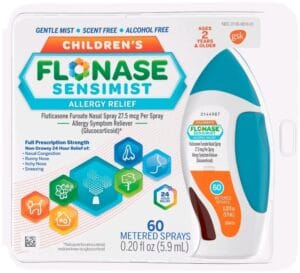Product Details
#1 Choice for Tough Pain Relief
-
Powerful Relief at the Site of Pain
Get relief right where you need it. Advil® tablets deliver lasting pain relief of headaches, muscle pain, back pain, joint pain, menstrual pain, and more. -
Safe and Effective
Pain doesn’t stand a chance with Advil®. The medicine in Advil® is #1 doctor recommended for joint pain.2 For over 30 years, people have chosen Advil® for safe and effective relief of their tough aches and pains. -
Strength that Lasts
Advil® tablets provide powerful pain relief with the strength to last for hours. No other OTC pain reliever has been proven to work faster or stronger than Advil®.1
Why Choose Advil?
While there are many pain relievers available for sale without a prescription, it is important to know the differences between them. The pain reliever in Advil® (Ibuprofen) is part of a class of drugs called non-steroidal anti-inflammatory drugs (NSAID) that also includes aspirin and naproxen sodium. Clinical studies have shown that when taken as directed, Advil® is a safe and effective pain reliever.
When taking other medications, it is important to understand the ingredients to reduce the risk of drug interaction and adverse events. Advil® is different than other OTC pain medications and does not contain acetaminophen, an active ingredient often found in many other pain relievers.
Advil® is the #1 doctor recommended pain reliever for joint pain.2 For over 30 years, patients and doctors have trusted Advil® to deliver powerful relief from many kinds of acute pain: headache, muscle aches, minor arthritis and other joint pain, and backache.
Get Yourself Moving
The basics: principles for pain-free fitnessDelayed, onset muscle soreness is pain or discomfort often felt 24 to 72 hours after exercising. Perhaps the two most important things to remember for pain free fitness are: WARM UP FIRST, COOL DOWN LAST. These two crucial steps, with stretching as an element integral to both, will help you improve your health through fitness without suffering unnecessary pain or injury.
Warm up first
How?
•Two to five minutes of low-level aerobic activity prior to your workout, starting slowly and gradually increasing in intensity.
•Gentle, static stretching exercises that work the major muscle groups.
Why?
•Increases your body temperature to literally warm up muscle fibers. Warm muscles, tendons and ligaments are more fluid, so they stretch and contract more easily, which helps make them stronger and decreases the risk of injury.
•Gets the heart pumping faster, which helps increase blood flow to muscles.
Cool down last
How?
•Two to five minutes of continued mild activity after exercise, gradually decreasing in intensity.
•Slow stretching exercises to re-stretch the muscles.
Why?
•Gradually slows down the heart’s pumping action to prevent blood from pooling in lower muscles, which reduces blood flow to the heart and brain that causes faintness—or worse.
•Can prevent muscle stiffness and soreness by re-stretching muscles that are shortened during exercise.
































































Reviews
There are no reviews yet